✎ Camila Espinosa

✎ Diego Aguilera


Harlequin beetle
Acrocinus longimanusPacific region
RECORRIDO VIRTUAL POR LA BIODIVERSIDAD DE COLOMBIA
Museo de Historia Natural
Universidad Nacional de Colombia

Harlequin beetle
Acrocinus longimanus
Morpho-functionality
Elytra
As in other beetles the first pair of wings (elytra) are hardened and serve as protection.
Jaws
The larvae, like their parents, have strong jaws with which they cut the wood on which they feed.
Strength
Much of its strength comes from a protein called resilin that gives elasticity to its muscles.
Lifecycle
After copula or mating, the female chews the bark and opens a hole in a tree and deposit the eggs, this process will take 10 to 60 minutes. She will deposit each egg and cover it with fibers from the same tree. This process will be repeated several times leaving a line of holes in the trunk. When the larvae hatch, they will feed on the bark for about seven or eight months and create a tunnel in which the pupa will take refuge for another four months until the adult beetle emerges.
Harlequin beetle
Distribution
Neotropical beetle distributed from southern Mexico through French Guyana, Brazil, Trinidad and Tobago to northern Argentina. It inhabits undisturbed wooded areas such as rain forests.
Distribution area






